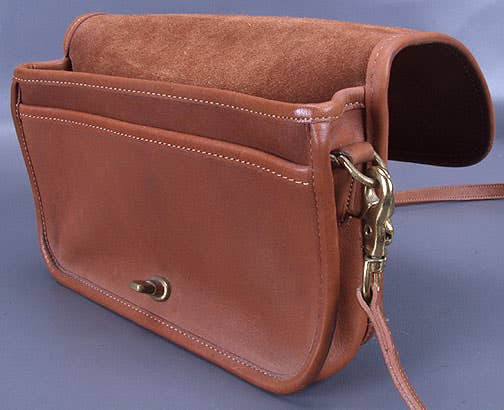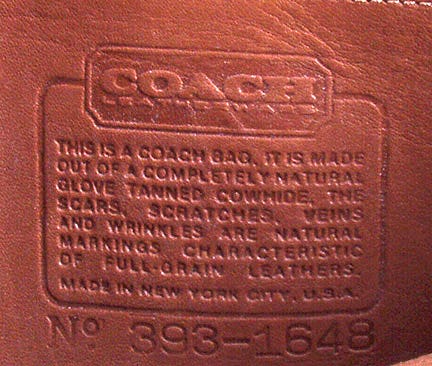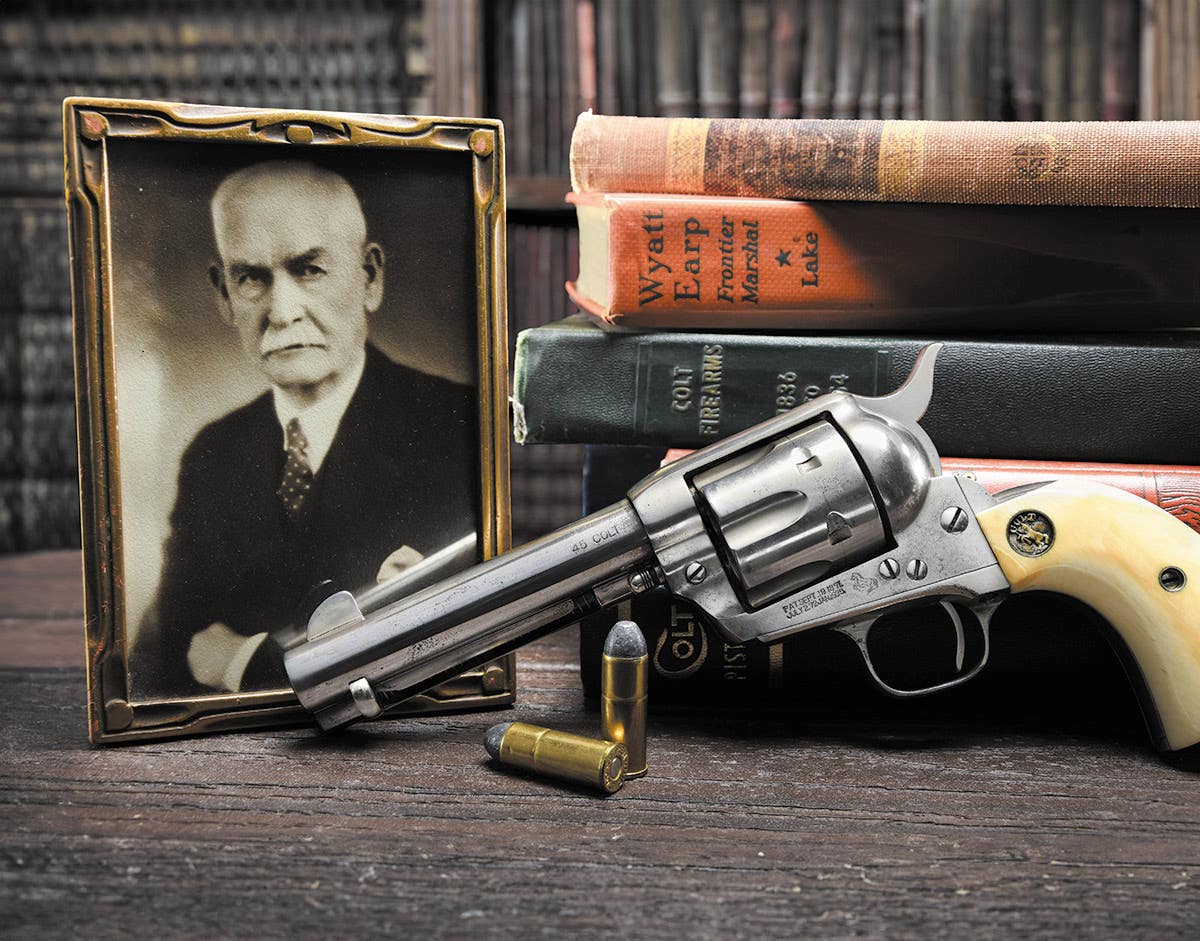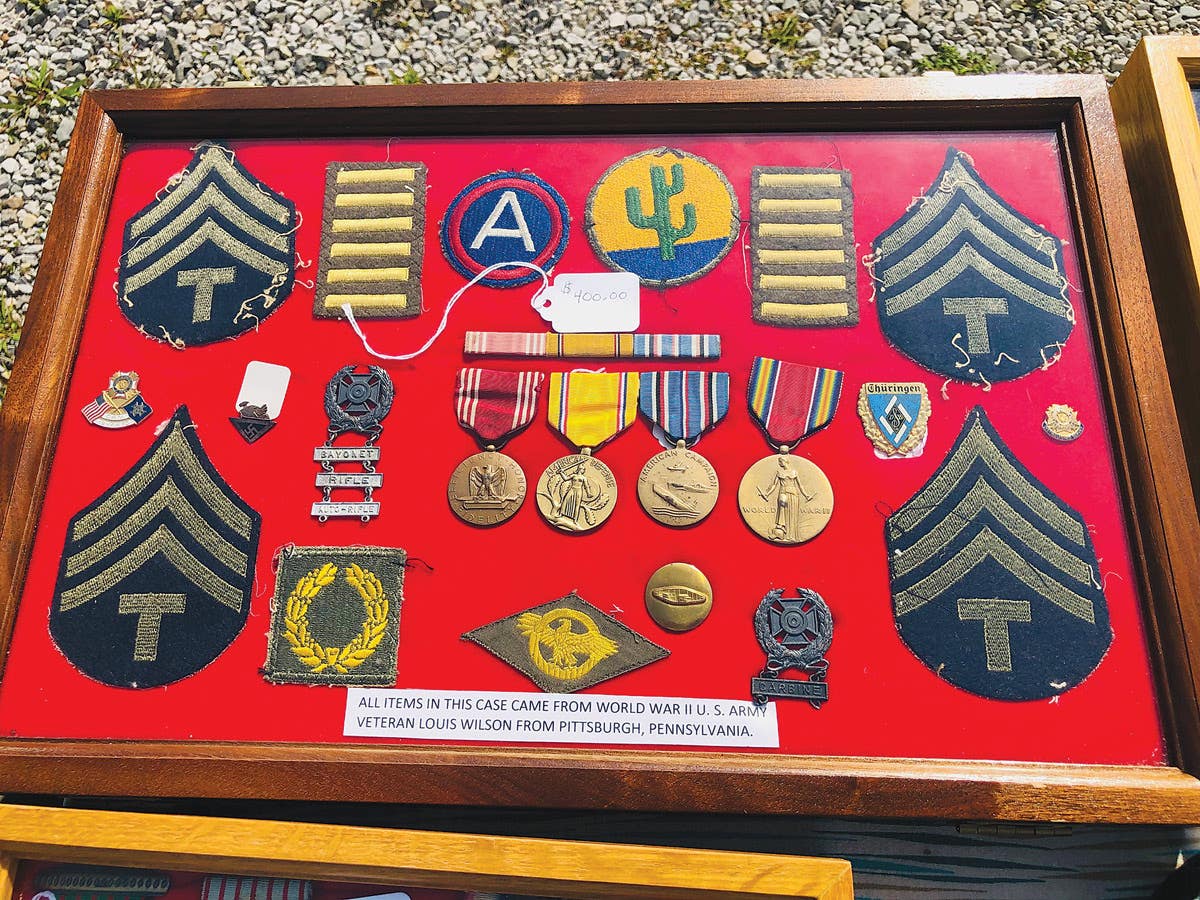Caring for Your Leather Military Collectibles
Are your efforts ‘to preserve” military leather belts, accouterments, gaiters, and cases in your collection actually ruining them?
Everyone wants his or her collection to look good and last a long time. Collectibles made of leather or containing leather parts require special care and treatment. This care and treatment includes the environment in which the item is displayed or stored, the manner in which it is displayed or stored and any corrective treatment or application of dressings.
Any discussion of the do’s and don’ts for leather care first requires an understanding of what it is. Leather is an organic material. It is made from animal skin. The most commonly used skins have been those of cattle, sheep, horse, goats and pigs. Animal skin is composed of three layers: the outer layer (epidermis), the middle layer (corium) and bottom layer (flesh).
The first step in the leathering process is to remove the outer and bottom layers so that the middle layer, or corium, is ready for tanning. Tanning is a chemical process that converts the hide or skin in to leather. Vegetable tanning was common up through most of the 19th century. Most leather objects made before 1886 were probably vegetable tanned. After that, chrome tanning, a type of mineral tanning, was most widely used to produce leather.
Today, more than 80 percent of leather is produced with chrome tanning. Finally, a variety of finishing methods are used to create the final leather product. These may include staining, dying and so on.
Leather changes as it ages. These changes are caused or minimized by a variety of factors. Following are some action-steps the collector can take to care for his or her collection.
Most leather care and treatment specialists agree: Prevention is better than intervention. Stopping damage from occurring is the best action. It is certainly preferable to any corrective treatment.
Inevitably, most changes to leather are not reversible. Once leather has been hardened by excessive heat or pollutants or attacked by bacteria, it cannot be returned to its original condition.
ENVIRONMENT IS KEY
The best way to care for a collection is to give it the best environment possible. Give all leather objects adequate ventilation and proper humidity. Try to stay near the 45-55 percent relative humidity mark and avoid extreme heat.
Heat dries out leather and may permanently embrittle it. Keep leather objects away from inside heat sources like registers and fireplaces. Avoid displaying leather items in sunlight and bright artificial light as those sources can also damage through heat and contribute to damage by ultraviolet light. Stay clear of water sources and avoid getting leather wet. If it does get wet, dry it out gradually without using heat.
Cleaned and regularly inspected storage areas can keep insects and other pests at bay. If chemical treatment for insects or pests is used, remember that these are toxic. They can be dangerous to collections and collectors!
The importance of the storage or exhibition environment cannot be over-emphasized. Keeping a storage or display area clean, with a stable temperature and humidity, relatively low light and regular inspection will often prevent any number of problems that cause irreversible damage.
HANDLING HISTORIC LEATHER ITEMS
So what of actual handling and storage of leather material? Handling is a good deal of common sense. Gentle physical handling of leather objects, with clean hands, will help to keep them in good condition.
Leather items that have been shaped to hold a set form, such as pouches, bags, boots and jackets, should be gently stuffed with tissue paper or polyester fiber-fill — the type found in most fabric stores — whether on display or in storage. Leather objects should not be folded or stacked, in storage; tearing from the resultant stress or deformation of shape is the likely consequence.


Keep iron and copper alloys away from leather, since these metals cause staining and rotting in leather goods. Metals that must be near or attached to leather objects should be properly coated to prevent damaging reactions.
A microcrystalline wax like Renaissance Wax can be used to coat these metals. Avoid using paint, tape, or adhesive labels on leather, since they often cannot be removed without damage to the skin of which the object is made. Finally, keep leather clean off dust by gently dusting it with a fine brush.
LEATHER TREATMENTS
Leather experts now generally discourage treatment of leather, by anyone other than a professional conservator. Leather dressings were at one time thought to be useful in extending the life of leather bindings. Experience has shown, however, that its benefit is primarily cosmetic and that the use of leather dressing by someone without professional expertise does more harm than good.
Many leather dressings are available on the market: British Museum Leather Dressing, neat’s foot oil, Pecard Leather Dressing, lanolin, etc. However, recent research shows that dressings are not effective in preserving leather.
Studies have shown that leather dressings can cause the leather to dry out over time. Unless the oil content of the leather is known (that is, determined through chemical analysis) to be below the optimum level, the application of additional oils from a dressing may actually cause further stiffening by dehydrating the leather.
It is important to realize that many oils and fats used in leather dressings lubricate in the short term but oxidize over time, resulting in additional stiffening of the leather. Applying leather dressing creates many other problems in addition to long-term drying and stiffening.
Leather dressings may cause a darkening of the leather’s surface or staining on surrounding materials, wicking of oil into adjoining materials and increased danger of mold growth. If too much dressing is applied, or if it is applied too frequently, the surface of the leather may become sticky and attract dust or insects.
CLASH OF MATERIALS
Finally, most leather items are a composite group of materials of which the leather is a part. Belts, ammunition pouches, rucksacks, holsters, jackets, flight helmets and boots are just a few examples of leather married with metal, fur and cloth. In caring for the leather parts of these items, it’s important to consider the entire item.
Remember: Treating one thing can damage another. For example, dressing a leather cartridge box may make the leather seem more pliable when, in fact, it’s probably drying the leather putting other material at risk. The verdigris, or “greening,” of the uncoated, brass finial may be accelerated by its proximity to the dressing. The verdigris may, in turn, stain uniform fabrics when stored or displayed as a complete unit.
When caring for leather items, it’s important to care for all of the materials that make up the piece of militaria. This is done best by providing the optimum environment, keeping it clean, and monitoring it over time.
Everyone takes pride in their collection and tries to keep it at its finest. Hopefully, the information and suggestions given here contribute to long-lasting collections that look great.
For more preservation tips and advice:
As an Amazon Associate, Military Trader / Military Vehicles earns from qualifying purchases.








